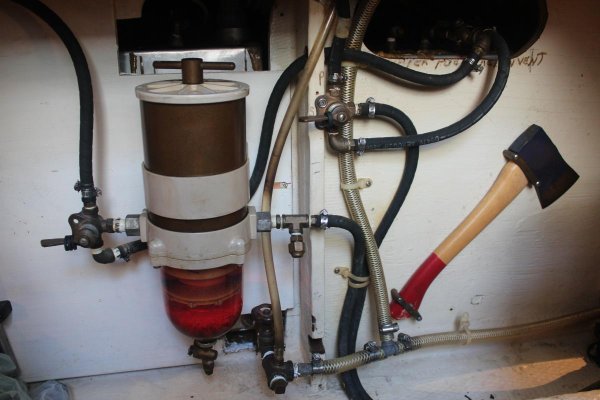Davb1947
Veteran Member
Planning to cruise in Canada this summer for the first time and discovering things needed in Canada that aren’t needed in USA. So far:
An operator's license if the boat will be in Canada more than 45 days.
A life ring.
50' of floating throwing line.
A radio license for the VHF.
Do you experienced Canada boaters know of other items?
An operator's license if the boat will be in Canada more than 45 days.
A life ring.
50' of floating throwing line.
A radio license for the VHF.
Do you experienced Canada boaters know of other items?

